- Tags:
- Bamboo / bamboo blossoms / Bamboo Forest / blooming / flowering / hachiku / kinnmeichiku / kokuchiku / madake / touchiku
Related Article
-

“Bloom Dance”: Captivating 4K flower timelapse video is Japanese artist’s 30-month labor of love
-

Good Good Mart sells eco-friendly bento boxes & tumblers made of bamboo dust & coffee grounds
-
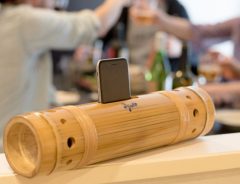
Traditional Meets Tech With Natural Japanese Bamboo Smartphone Speakers
-
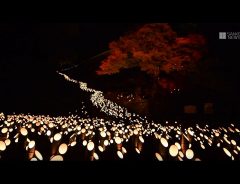
20,000 Bamboo Lanterns Light Up This Charming Japanese Castle Town Once A Year
-
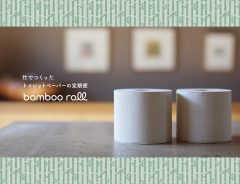
100% bamboo toilet paper BambooRoll officially launches subscription service in Japan
-
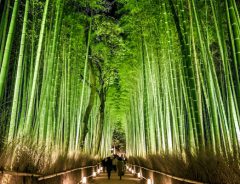
Kyoto’s Iconic Bamboo Grove is Being Defaced by Tourists
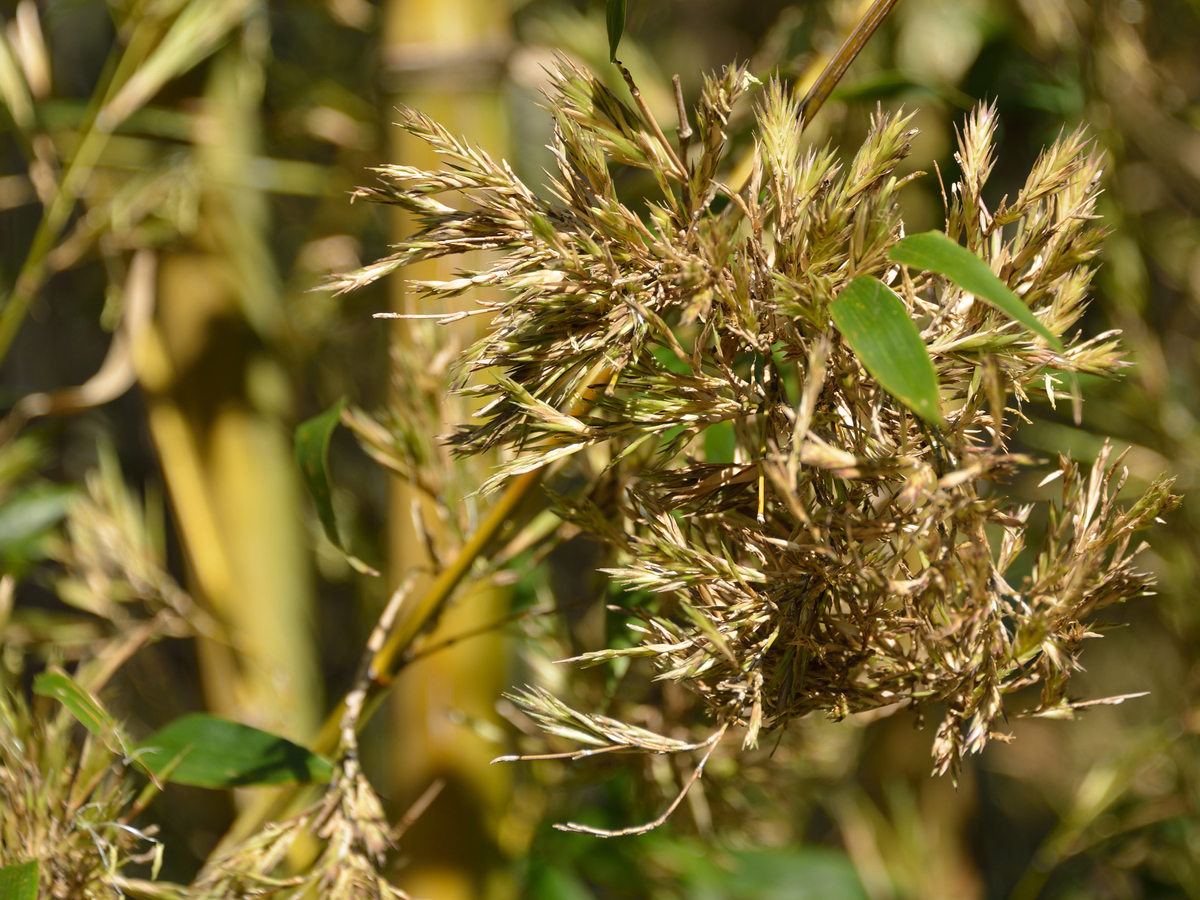


Many of our readers have probably seen bamboo growing and perhaps even visited famous Japanese bamboo forests such as the one in Arashiyama, Kyoto. However, since many of the 1,200 species in existence bloom infrequently, it is safe to assume that far fewer of our readers have even seen a bamboo blossom.
© grape Japan
The mystery of bamboo blossoms
While some species of bamboo produce blossoms as often as once every three years, many of them flower at extremely long intervals, between 40 to 80 years. In the case of madake 真竹 Phyllostachys bambusoides, pictured at the top of this article, they only flower once every 130 years!
Perhaps even more surprising than the long intervals at which they flower is the fact that all plants of the same stock of bamboo will bloom at the same time, and then die, no matter where they are in the world. Although the mechanism has yet to be explained by science, many believe there is some kind of natural "alarm clock" in the plant's cells causing the behavior. The depletion of bamboo can have considerable environmental and economic impacts.
A bad omen
In many parts of the world where bamboo thrives, the blossoms are therefore dreaded as harbingers of bad luck, Japan being no exception. According to an article in weather news site Tenki.jp, in the 1960s, one third of Phyllostachys bambusoides in Japan died, wreaking havoc on industries and local crafts which used the bamboo species as their primary source.
Bamboo blossoms being reported from Central to Southern Japan
2019 may turn out to be one of those years where major groupings of bamboo stock populations wither and die.
Reports of bamboo blossoms from central to southern Japan have been coming in:
Kochi: December 12, 2018
As reported by the Kochi Shimbun newspaper, the Kochi Prefectural Makino Botanical Garden learned that its kinmeichiku 金明竹 bamboo, a madake variant with the unwieldy scientific name Phyllostachys bambusoides Sieb. et Zucc. cv. Castillonis, had blossomed for the first time since it was planted in 2008.
Hyogo: Late January, 2019
An article dated February 1, 2019 from the Kobe Shimbun newspaper reported that a science teacher at the Hyogo Prefectural Akashi High School in Hyogo Prefecture noticed blossoms on the kurochiku 黒竹 (Phyllostachys nigra) growing in the school courtyard. The species is known to have a life cycle ranging anywhere between 60 and 120 years.
Miyazaki: December, 2018 to February, 2019
A man in Mimata, Miyazaki Prefecture discovered blossoms on bamboo plants (species unknown) growing in his yard, according to a story published by Asahi Shimbun on February 10th. Apparently, the man found one blossom in late December and they continued to bloom in the months that followed.
Kanagawa: April 17th, 2019
According to a report in the Kanagawa Shimbun newspaper, a similar private individual report was made by a man in Yokosuka, Kanagawa Prefecture on the touchiku 唐竹 (Sinobambusa tootsik) bamboo growing in his yard. It hadn't flowered in the 15 years in which he had it.
Tokushima: April 27th, 2019
An article in the Tokushima Shimbun newspaper reported a man discovering that all of the some 200 hachiku 破竹 (Phyllostachys nigra var. henonis) bamboo plants on his property had flowered.
Ehime: May 1, 2019
And just recently, on May 1st, the Ehime Shimbun newspaper reported on a man in Niihama, Ehime Prefecture finding that the bamboo (species unknown) in his garden had bloomed.
Will 2019 be the year of bamboo blossoms?
If this trend is any indication, it is likely that further reports of bamboo blossoms will come in as the year progresses, although it remains to be seen whether there will be the kind of mass depletion of bamboo forests seen in the 1960s. It could turn out to be like 2008, when several reports came in but the range was limited. However, even if bamboo depleting were to happen on a larger scale, the economic impact on Japan as a whole would probably not be as severe as it was in 1960s. For one thing, the production of bamboo material has plummeted to less than a tenth of what it used to be. For example, only 1.272 million culms were produced in 2016, compared to 10.494 million culms in 1975 (based on information provided by the Japan Special Forest Product Promotion Association).
A new beginning
In any event, 2019 may be the perfect year to see bamboo blossoms when you visit Japan.
And if you feel discouraged by the notion that they are bad omens, why not consider the silver lining: While it's true that the flowers signal the death of the plant, they also symbolize new beginnings, since those who rely on supercentenarian species like madake can eventually expect a fresh, healthy and abundant supply of new shoots which will last for a very long time.
Nakae "at Jizoin temple" | © Flickr